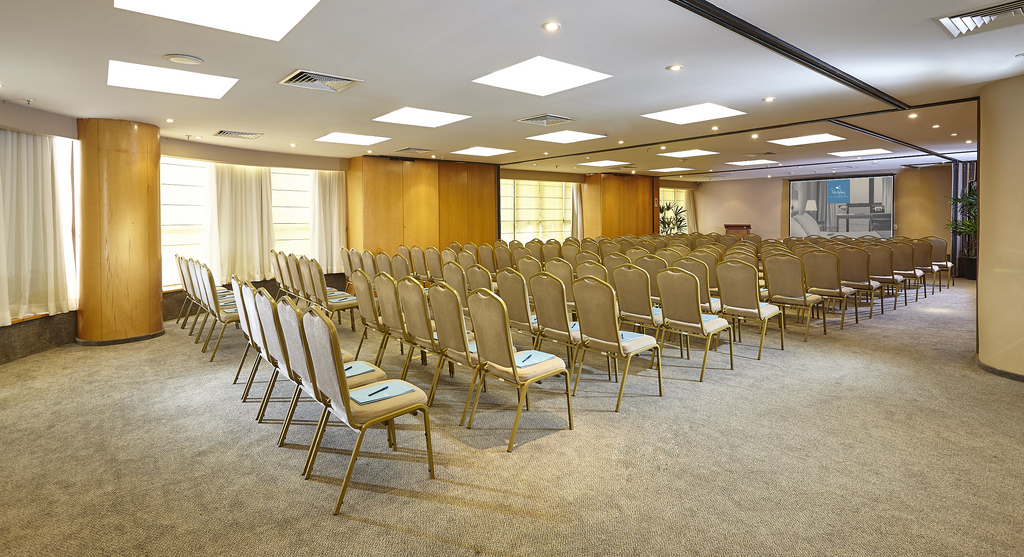Learning new things is never easy, no matter how old or young you are – but it can be fun, exciting and stimulating and these are the traits of the learning process one should try to remember. However, proper learning can be performed only in special kinds of places as this process requires silence, focus, concentration and comfort. That is why buildings where a group of people spends time learning – libraries, dormitories, schools, universities, etc. – need to be designed and built with paying special attention to this. If that is not the case, you have to do something in order to reduce the amount of noise in your existing learning environment. Here is how to do precisely that.

Stage One: The Walls
What most people do not realize is that the biggest amount of outside noise comes through the walls, penetrating them rather easily on a daily basis. This may surprise you because you think that the walls are strong and thick enough to contain all the noise, but they are actually not. Moreover, if there are cracks, weak links and flanking paths in your walls, the noise will come right through these.
What you need to do to prevent this is seal all the gaps you have or, alternatively, soundproof the wall completely. Do not just rely on fixing the trouble spots and noise gaps, but take care of the entire wall at once. That way, you can be sure that you have done all you could to reduce the amount of the outside noise and thus provide yourself hours and hours of uninterrupted learning time.

Stage Two: The Windows
Depending on the state of your windows and how dated they are, this may be the biggest problem when it comes to sound proofing a learning environment. The problem is that you definitely need as many windows as possible due to the natural light that has a positive effect on learning, but a huge amount of noise will come through them as well. The solution, on the other hand, is not that hard to find – just add a new layer to your windows.
Considering all the benefits of double glazing, it is obvious that this retrofit can do wonders for the level of noise because it includes several layers that produce high quality sound insulation. In addition to that, these are great thermal regulators as well, so you will benefit on two levels: not only will your learning environment be quieter, but also hotter in the winter and cooler in the summer.

Stage Three: The Floor
The problem with schools is that there is always someone below and above you, creating noise in their own classrooms that is, consequently, transferred into yours through floors and ceilings. And while you cannot control people in those classrooms, you can do something about your own and invest in sound proofing it.
Another way to go is to install soft flooring that will reduce the noise that comes from below you and thus provide you more privacy and quiet time. A number of people also consider vinyl flooring or wall-to-wall rugs that will give your classroom a homely look at the same time.
In the End: The Inside Noise
This is another problem most people are unaware of – everything you do creates noise that stays inside your insulted classrooms! And when you have a number of people at the same place at the same time, the level of noise is rising proportionately. But, if you use absorptive materials, you will not only put an end to that, but also create a completely noise-free area ideal for learning.





